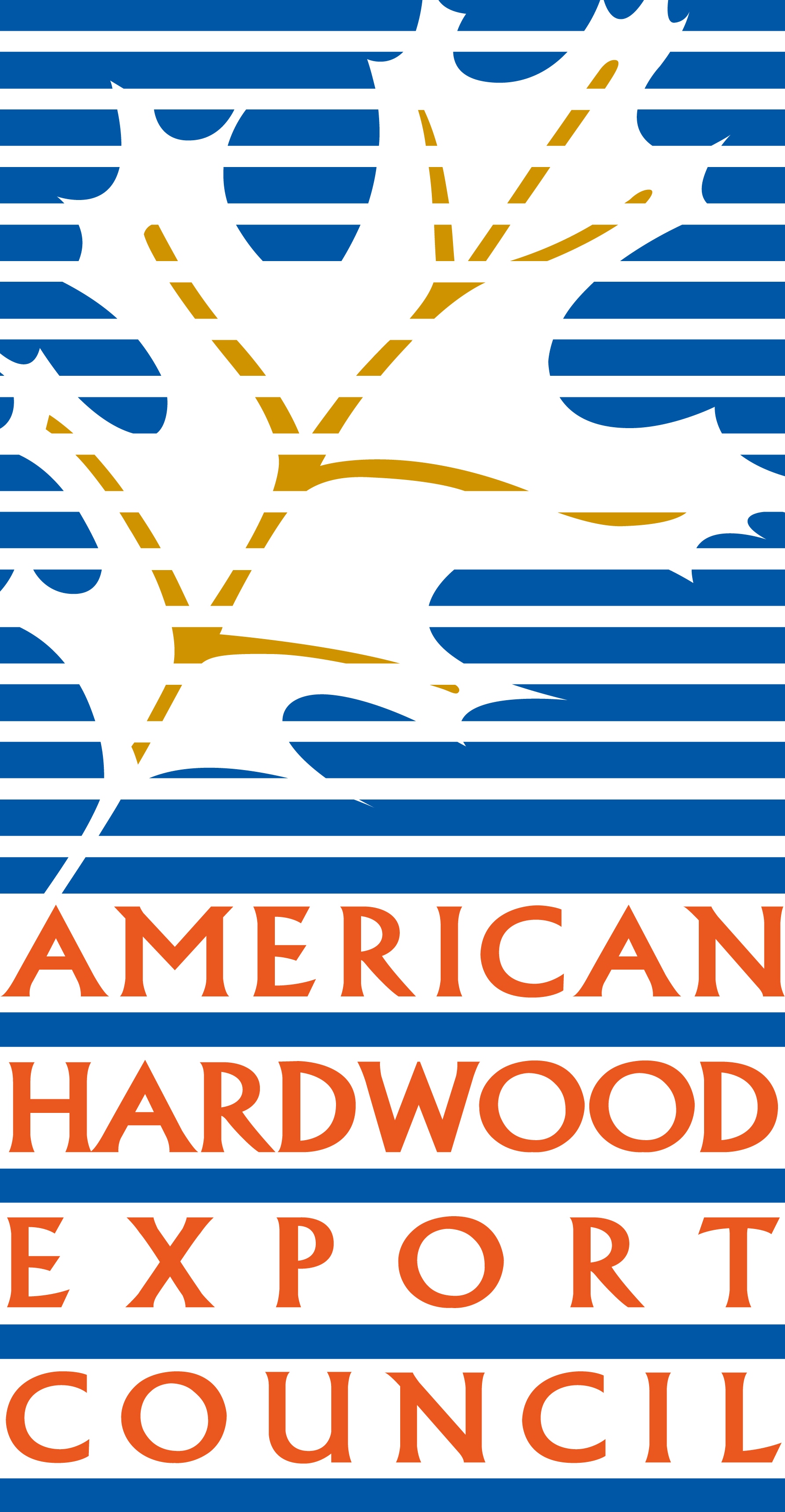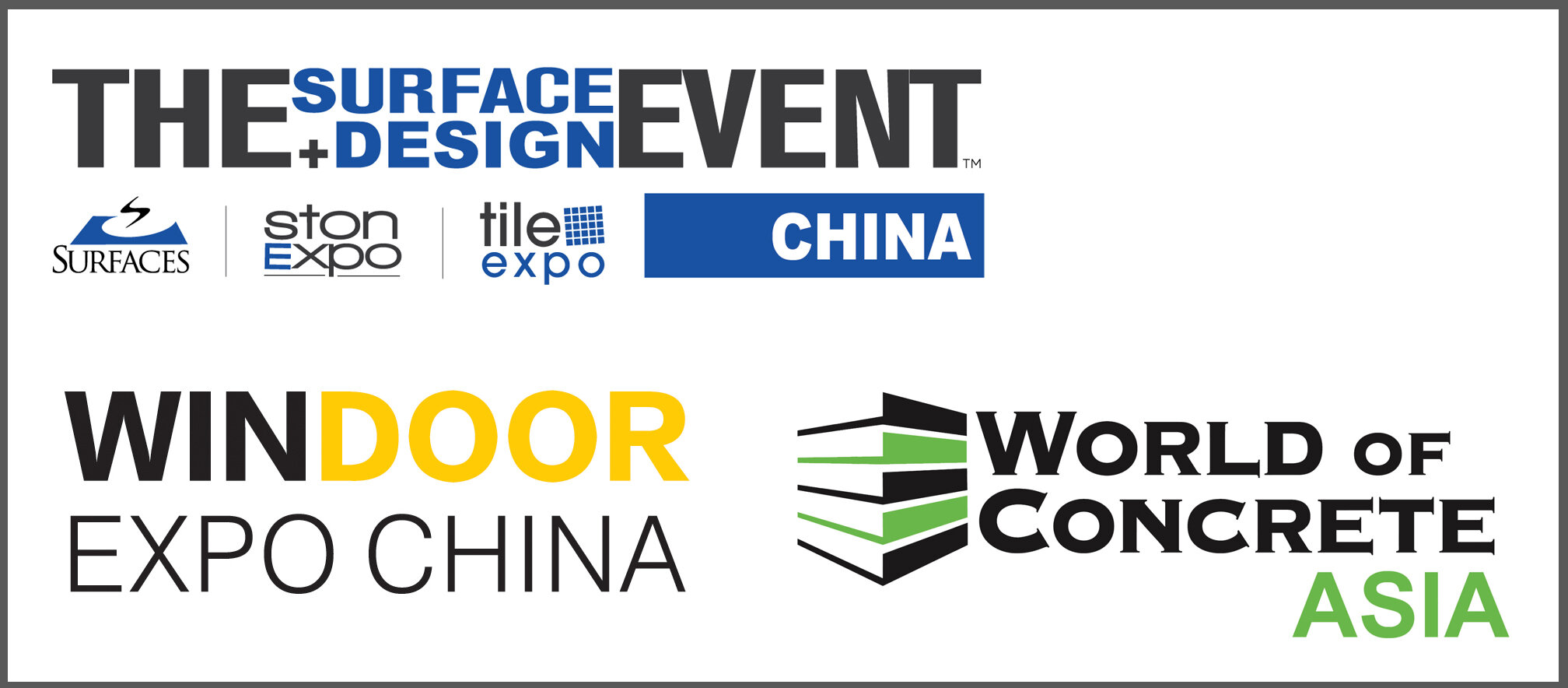ONLINE LECTURE: ADVANCED SEISMIC DESIGN SOLUTIONS FOR INNOVATIVE ARCHITECTURE IN JAPAN
Time: 19:00 Tokyo / 06:00 Eastern
Structural engineers in regions of high seismicity such as Japan, constantly face the challenge of balancing what are seemingly opposing forces. On one hand, engineers are responsible to design structures to withstand some of the most onerous seismic and typhoon conditions in the world. On the other hand, in collaboration with some of the most innovative architect designers in the world, engineers have a duty to the owner client, and arguably to society, to create inspiring works of architecture, while providing safety and wellbeing of occupants. Despite these challenges, armed with a suite of seismic vibration control devices and systems, combined with advanced analysis capabilities, structural engineers continue to explore novel design solutions. This lecture will cover the design drivers, development of solutions, challenges, and final outcomes of three projects in Japan – each of which are completed buildings with differing seismic design solutions to realize innovative works of architecture. First of these pertains to the Self Mass Damper (SMD) system developed for Swatch Group’s flagship building in Tokyo. Mass dampers for the purpose of mitigating seismic responses typically requires the addition of significant mass in order to be effective – ultimately detrimental to the overall seismic performance of the building. To overcome this issue, the implemented SMD system utilizes the existing floor plates as mass dampers by decoupling them from the main frame. Using a combination of base isolation technology and the mass damper scheme, the SMD system is the result of a seismic control concept inspired by the pendulum movement in an antique clock. The second case study is on the effective use of a base isolation system as a design strategy for the Oita Prefectural Art Museum. To realize the architect’s vision of an open-box museum, the base isolation system was implemented to attain the highest level of seismic performance while enabling the desired long span obstruction-free exhibition spaces. The third case study project is the Orizuru Tower in Hiroshima Japan which demonstrates the possibilities of comprehensive renewals and retrofitting of existing buildings to revive and prolong the lifespan of the building for a more sustainable future, as well as providing safety from earthquakes and typhoons. A bespoke architectural and structural retrofit scheme consisting of newly constructed steel frame structures positioned on either side of the decades-old building, enabled additional floor area to be built while also achieving the robust seismic performance target of 1.5 times code requirements.
LEARNING OBJECTIVES:1. Investigate several types advanced seismic response mitigation systems to increase the resilience of the structure against large earthquakes and providing safety and wellbeing of the occupants.
2. Review the key components and design strategies of a base isolated structure.
3. Learn seismic retrofit technique that can be applied to increase the earthquake resistance of an existing building for increased safety and welfare of occupants.
4. Build understanding for challenges of realizing expansive atrium spaces in areas of high seismicity.
CES:
2.0 LU(HSW) for AIA members (Pending approval by AIA National)
Please enter your name and membership number via "chat" during the lecture, so that you can obtain the 2.0 learning units.




